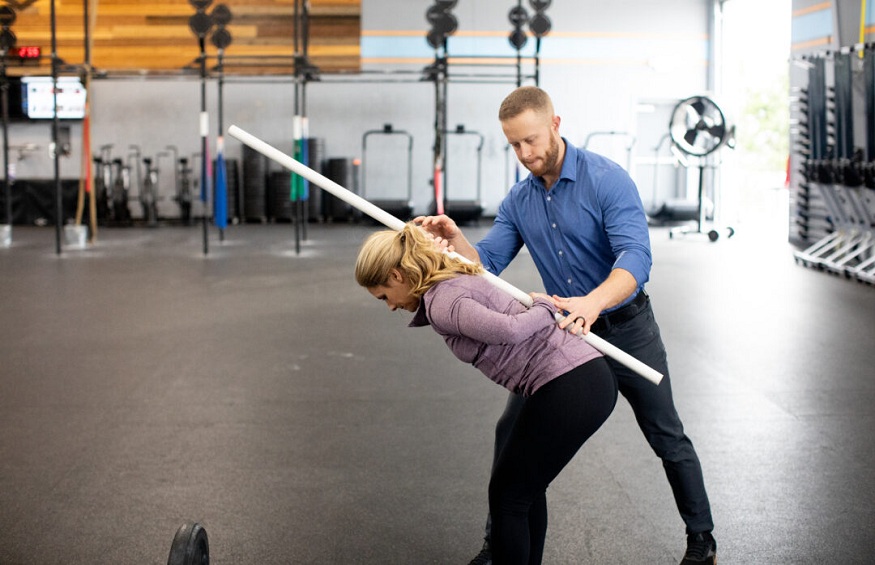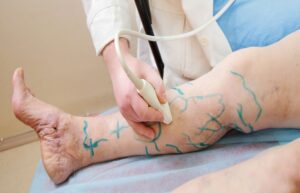Upper extremity disorders are physiological anomalies that affect the arms, hands, neck, and fingers. They may include injuries such as sprains, pains, and tension. Dr. Kristopher Downing La Jolla works with a team of experts to provide surgical and non-surgical interventions. Discover how upper extremity disorders occur in the workplace and how to manage them.
What is an upper limb disorder?
Upper extremity disorders affect the limbs and surrounding areas of the body, such as the shoulder. UEDs may occur due to problems with soft tissues, joints, and muscles. Severe cases could cause issues with nerves or the circulatory system.
The principal factor causing UEDs is the unusual exertion of the upper body. It could be lifting heavy objects over an obstacle or repetitive movements without adequate breaks. Such activities may lead to joint bone degeneration or excessive stretching of tendons.
Individuals with UEDs may experience varying symptoms depending on the activity or physiological status. People susceptible to degenerative bone conditions are prone to developing UEDs.
Some of the recognizable symptoms of UEDs may include:
- Aches and pains around the neck and shoulder
- Pain when straightening the arms or wrists
- Tenderness and stiffness around the joints
- Cramps and swelling around arm joints and neck
What causes UEDs in the workplace?
Upper extremity disorders are prevalent in the workplace, especially if the activities involve manual work. Variables in the work environment, such as temperature and lighting, may cause strain and unnecessary exertion.
Ergonomics are also a significant factor, often leading to strain and aches. Poor posture can cause disproportional exertion around the neck and arm joints.
Most aches can be resolved with adequate rest. But persistent strain will worsen the aches and pains, causing an upper extremity disorder. Therefore, identifying cases of overexertion on time is essential for minimizing UEDs.
Preventing UEDs in the workplace
Many physical activities can cause upper limb disorders in the workplace. Therefore a risk assessment should be performed before embarking on non-routine tasks. Start by identifying tasks that may cause injury or strain. Assess the level of risk and the potential damage it can cause.
The management should consider reviewing the risks with employees and supervisors. Take appropriate steps to protect staff from injuries.
Some steps you can take may include ensuring employees have breaks between tasks. Activities that involve reaching over the head are often riskier. Previous cases of injuries can provide insights that facilitate risk assessment.
The organization should ensure staff performing risky tasks receive appropriate training. Guiding employees on proper posture and rest will reduce incidences of upper extremity injuries.
Research on upper extremity disorders in the workplace shows group exercise can motivate staff and reduce incidences. Stretching improves blood circulation and makes muscular tissues more supple and resilient to injuries. A warm-up before the activity warms the muscle and prevents strains.
The organization should also encourage employees to report cases of injuries. Training can help staff perform self-assessments and seek medical treatment. The earlier the injury is treated, the lower the incidences of UEDs.
To book a consultation, call Upper Extremity Specialists or schedule an appointment online today.



